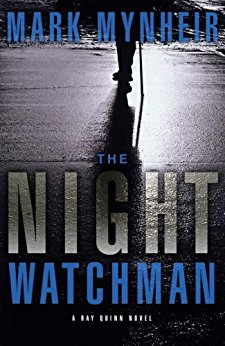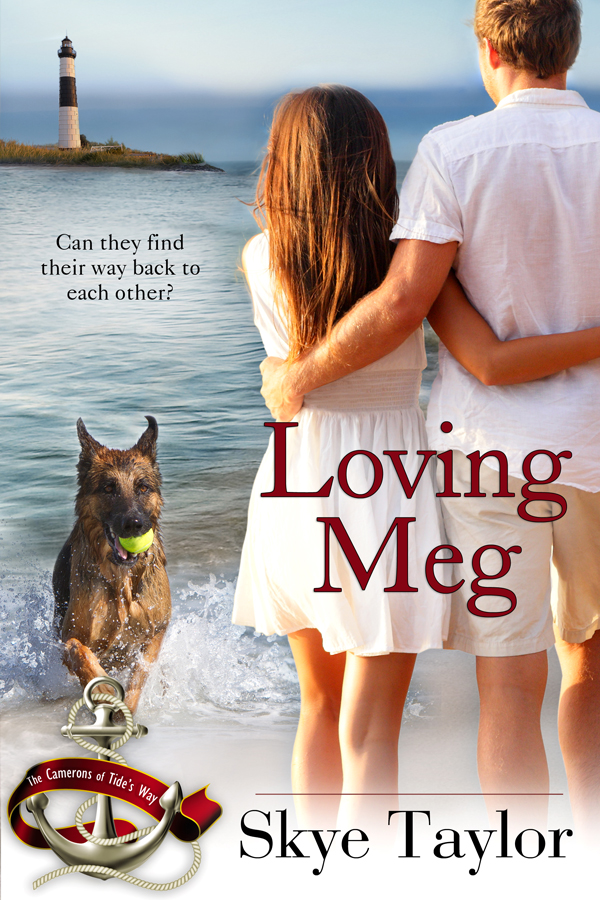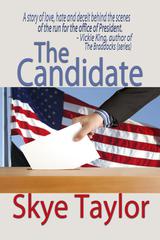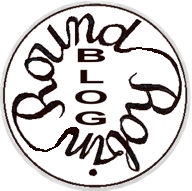This month our Round Robin Blog Topic is: How does wording choice develop a story's character? How do you use and select your words?
 Suggested by Dr. Bob: She had to be the sexiest-looking 42-year-old on the planet, the best that money could buy.-- Is this a positive or a negative when you read a book? How can such statements be used to describe character?
Suggested by Dr. Bob: She had to be the sexiest-looking 42-year-old on the planet, the best that money could buy.-- Is this a positive or a negative when you read a book? How can such statements be used to describe character?
This is the kind of description I like best. It tells you a lot about that character without the reader even thinking about it. She’s sexy, but not young. Some of which is about her age, but sexy isn’t always about perfect breasts and a shapely body. It’s about the way a woman holds herself and moves. Sexy can also imply confidence. So from this brief description we get the idea this woman is confident about her appeal to the opposite sex. And we know she’s a hooker. An expensive one. Which might tell you something about her lifestyle and expectations. Perhaps I’m reading too much into it, but if I was, I’d be swiftly disabused of that as I read on. But that one short sentence sets me up to admire her at least, even if I don’t approve of her career choices. I like descriptions that give me a sneak peek into what the character is going to be like.
 An author can spend a lot of words describing a character the first time they appear in a book that really doesn’t tell you anything more than you would know if you passed that person on the street. An example from my own book, Trusting Will, reads like this:
An author can spend a lot of words describing a character the first time they appear in a book that really doesn’t tell you anything more than you would know if you passed that person on the street. An example from my own book, Trusting Will, reads like this:
“The woman, who had to be Sam’s mother, was gorgeous. Stunningly gorgeous. If Will had been wearing a hat, he’d have been inclined to sweep it off his head and offer a totally uncharacteristic bow. As it was he struggled not to gawk. The long wavy blonde mane and striking whiskey-colored eyes looked vaguely familiar, but he couldn’t believe he’d have forgotten her if he’d ever met her before.”
As nicely put as I thought it when I wrote those words, the introduction to Bree Reagan tells the reader nothing about her character. And maybe that’s okay. Maybe we’re more interested in Will’s reaction to her at this point in the story anyway. But still – we really don’t know anything about Bree from this description except that she’s pretty. And we have little hint about who Will is either, except a healthy, heterosexual male.
 By contrast, from The Night Watchman by Mark Mynheir:
By contrast, from The Night Watchman by Mark Mynheir:
“The Guy seemed at ease with the weapon and wasn’t holding it like a novice or a gang member.” tells us nothing about what the man looked like, his height, build, coloring etc, but what does it tell us? Mark’s protagonist Ray Quinn had once been a tough, quick-witted Orlando homicide detective and since we’re in his point of view, this brief description of the man who held Ray up tells us something important about the assailant. Given Ray’s background his assessment of the way the man held the gun is important. He’s not a gang member and he’s not a novice. So what kind of person would hold up a seriously injured man? Was it someone with a score to settle? Someone hired to take Ray out? Or perhaps warn him off something? And just what is his connection to the plot? We don’t know any of those things, but we do know if he personally isn’t important, his appearance here is. And it’s threatening in some way. In the very next paragraph, Ray tells us that he left this detail out of his statement to the police. In part because something he’s investigating might involve a cop gone bad. Adding that detail to the way the man held the gun and the fact that Ray didn’t report that fact leads us to surmise this little detail will be key later in the plot.
In the introductory scene from Loving Meg, book two in my Camerons of Tide’s Way series, I begin in my heroine’s point of view with a little more information that still leads more to character and hints at the plot.
 “All those days ago when she’d been walking the other way with tears brimming in her eyes, she’d been naïve. Committed, eager, and incredibly naïve. She wasn’t the same woman who’d said goodbye to Ben that day. She was no longer innocent. And her idealism had fled in the face of the things she’d seen. And done. Would Ben notice? Would he see it in her eyes? Would he feel it in her touch? Would he still love her if he knew the whole of it?”
“All those days ago when she’d been walking the other way with tears brimming in her eyes, she’d been naïve. Committed, eager, and incredibly naïve. She wasn’t the same woman who’d said goodbye to Ben that day. She was no longer innocent. And her idealism had fled in the face of the things she’d seen. And done. Would Ben notice? Would he see it in her eyes? Would he feel it in her touch? Would he still love her if he knew the whole of it?”
Meg Cameron is a Marine lieutenant just returned from a year in a war zone. She is already haunted by her experience and we get the idea she isn’t all that happy about the person she has become. She’s fearful that her husband might not love her if he knew everything she’s done, or thought. “She’s not the woman he fell in love with.” Shortly after this we see Meg from Ben’s eyes. We get her physical description, but the more importantly we learn Ben is just relieved and happy to have her home with no clue that things won’t be the same. “Meg was back. Whole and unharmed. And as beautiful as memory had promised. He couldn’t wait to hold her again. He couldn’t wait to kiss her and feel her arms circle tight around his neck. To feel her lips returning his hunger and longing.” Those two very different descriptions of Meg tell you a lot about Meg and something of Ben, but more than that, they set up the whole conflict of the story.
Here are a few more interesting introductions to a key character in a book. I’ll let you decide what they might tell you.
The past swaggered through the door of Darlton’s Bar & Grille in cowboy boots.” From Deployed by Mel Odom.
“He was tall and young, and when he looked up and saw her, he took off his hat.” From High Tide at Noon by Elizabeth Ogilvie
“He was a nerdy-looking guy with glasses tied around his neck, but he had a set of shoulders on him. Forearms too.” From Deep Shadow by Randy Wayne White
 And lastly, two different characters from my book, The Candidate as they arrive at a debate event. There is some physical description, but it’s the other information these introductions tell the reader that helps the reader form an idea of the character of these two very different men and how they might impact the plot:
And lastly, two different characters from my book, The Candidate as they arrive at a debate event. There is some physical description, but it’s the other information these introductions tell the reader that helps the reader form an idea of the character of these two very different men and how they might impact the plot:
“Rolly Miller certainly looked the part. Slender and distinguished, with steel-gray eyes and hair to match. He carried himself like a winner. He never simply arrived—he made an entrance. He was gracious in a way most men running for the highest office in the country hadn’t been for generations.” And—“Blair Cabot was a very different adversary. Anyone in his presence felt the power of his personality. Another man who got things done. His sturdy, shorter-than-average stature didn’t command the instant impression of competence Roland Miller did. But Cabot was far more ruthless.”
What kind of introductions do you like for the characters in a book you’ve just picked up to read? Do you want to see how they’re dressed or if they are attractive or not? Or do you, like me, favor having a hint at the type of character they are? Hop on over and check out what some of these other authors think.

Margaret Fieland https://margaretfieland.wordpress.com/category/blog/
Beverley Bateman http://beverleybateman.blogspot.ca/
Dr. Bob Rich http://wp.me/p3Xihq-OB
Rachael Kosinski http://rachaelkosinski.weebly.com/
Judith Copek http://lynx-sis.blogspot.com/
Helena Fairfax http://www.helenafairfax.com
Rhobin Courtright http://www.rhobinleecourtright.com
A.J. Maguire https://ajmaguire.wordpress.com/
Marci Baun http://www.marcibaun.com/blog/
Victoria Chatham http://victoriachatham.blogspot.ca